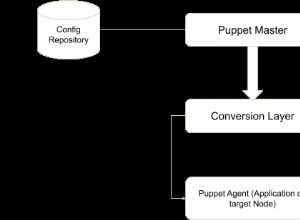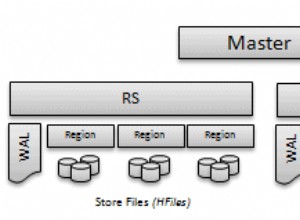In Mungo können Sie dies folgendermaßen tun:
regionModel.find().populate("countries").exec(function(err, regions){
if(err){
throw err;
}
// Regions with populate countries
cityModel.populate(regions, {
path: 'countries.cities',
select: '_id name'
},function(err, regions) {
//Regions with Countries and Populated Cities
});
})
Eigentlich bin ich mit der Keystone-Syntax nicht vertraut, aber ich versuche, sie in die Keystone-Syntax umzuwandeln. Hoffe, es funktioniert, wenn nicht, versuchen Sie bitte, den obigen Code äquivalent zu keystonejs zu konvertieren
keystone.list('Region').model.find()
.populate('countries')
.exec(function(err, regions){
if(err){
throw err;
}
keystone.list('City').model.find()
.populate('cities')
.exec(function(err, regions){
console.log(regions)
});
});




